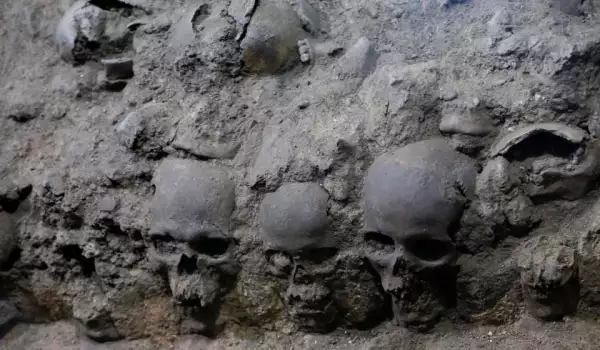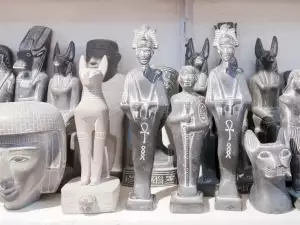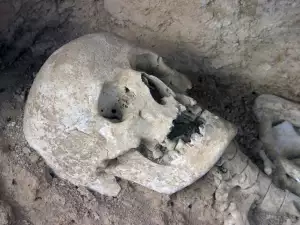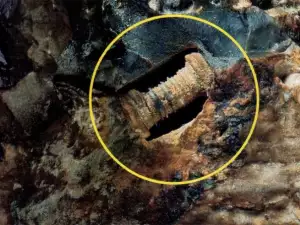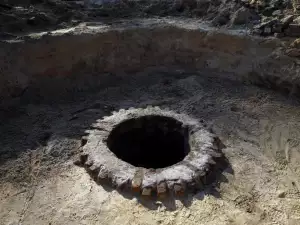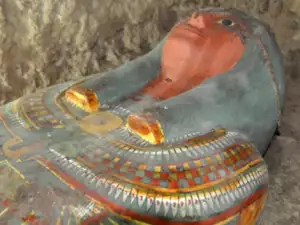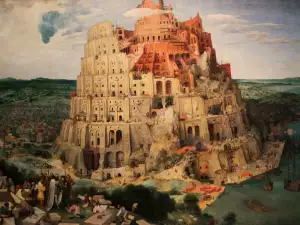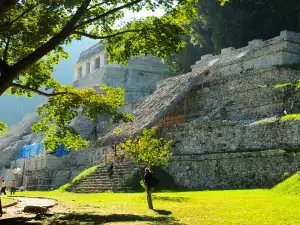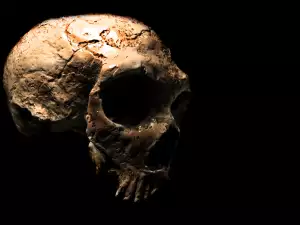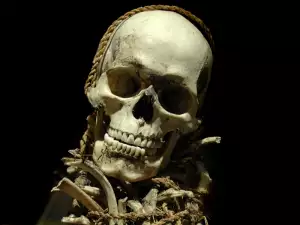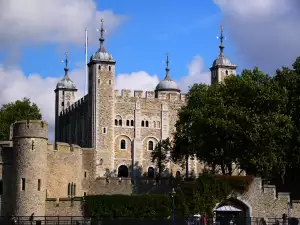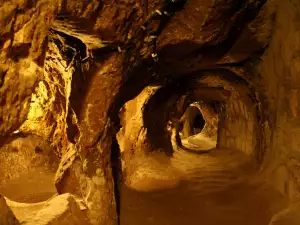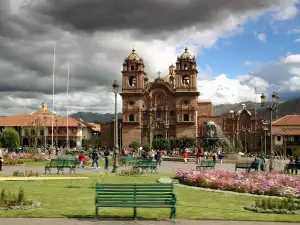Mexican archaeologists are in absolute bewilderment. A tower of human skulls may completely turn local history on its head.
The story of the tower of skulls as related by the Spanish conquistadors has been a spine-chilling one for the Mexicans for centuries. It is a story passed down from generation to generation in Mexico. According to the official sources, which still survive today, the tower consists of tens of thousands of skulls of warriors defeated in battle. It is a prominent example of the fate waiting for those who fail in their attempts to conquer a territory.
Much more than a story or legend, the tower of skulls is an actual existing artifact. The human remains have laid undisturbed for 500 years until they were discovered underground beneath Mexico City, the same location as the once-capital of the Aztecs - Tenochtitlan. For 5 centuries the human skulls had remained there untouched, until 2 years ago when a group of archaeologists began digging around and uncovering the buried secrets of the past.
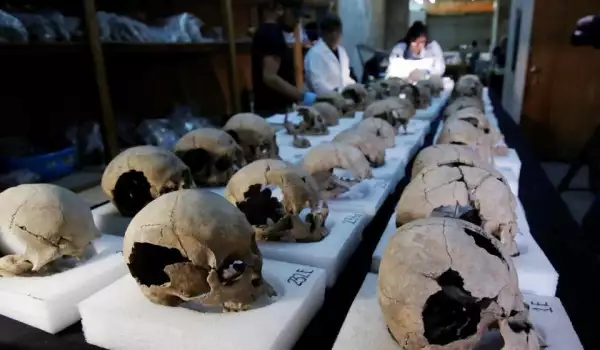
The archaeologists were completely and utterly shocked. They expected to find the remains of the young men which comprised the warrior ranks.
But among the skulls of the young men they also found those of women and children. This adds an air of doubt to the information and legends that have been spread for millennia on end. The discovery raises many questions and leaves historians wondering whether everything they had believed up until now might have been completely false. It may even turn out that not only young men, but women and children, also went to war.
A total of 676 skulls have been found so far, near the Metropolitan Cathedral in the Mexican capital. The cathedral was built where the Templo Mayor - the Aztecs' most sacred and important temple - once stood. Archaeologists have a lot of digging to do still before they reach the base of the temple and expect to find many more human remains in the process.
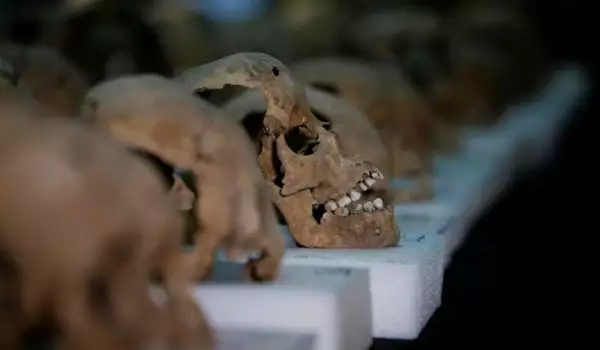
The skulls unearthed don't indicate that anything horrifying, that we have no data about, had occurred there. What is proven is that the human remains were part of Huey Tzompantli, a type of rack about 197 ft (60 m) in diameter, where skulls were arranged and then placed in the temple of the Aztec god of the Sun, war and human sacrifice.
The skull rack was originally described by the soldier Andrés de Tapia, who took part in Hernán Cortés's conquistador expedition in 1521. He had arrived in Veracruz, Mexico's eastern shore, in 1519. In 2 years, after allying with some of the locals, he succeeded in overthrowing the capital of the Aztec nation.
Nowhere in the chronicles was there mention of women and children serving as soldiers. Which also begs the question of why their skulls were also placed on the rack. It's a complete mystery and the full extent of the deplorable acts may prove to be much worse than expected.
